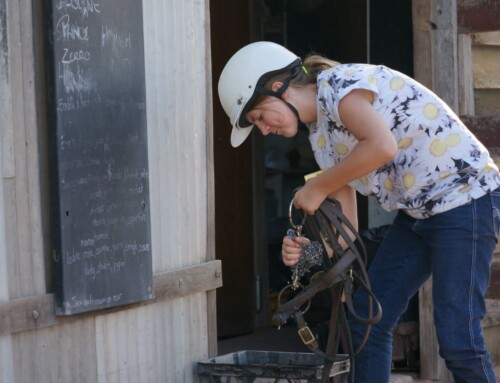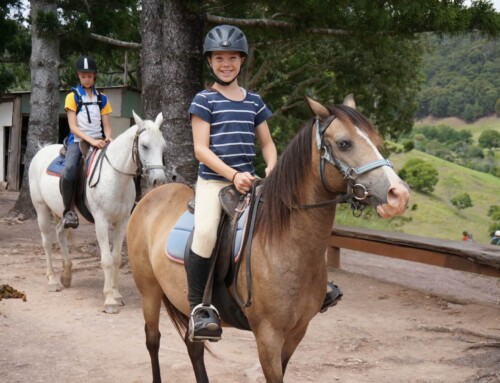The therapeutic value of horse-riding was recognised as early as 600 B.C by Orbasis of ancient Lydia. In the 1940’s, Equine Therapy became popular in Scandinavia after an outbreak of polio. Later, in the 1960’s, a type of therapy called Hippotherapy was developed…surprisingly not with the use of hippos but with horses! The reason for this name is that in Greek, the work hippo means horse. Hippotherapy or Equine therapy is used to assist in the treatment of physical, psychological and emotional ailments. Some of the illnesses and/or issues that have been treated include: ADD, anxiety, brain injuries, PTSD, behavioural issues, developmental delays, cerebral palsy and more.
What could I, or my child, gain from time spent working with a horse?
- build self confidence
- strengthen self-esteem
- establish and strengthen trust relationship
- communicate clearly
- manage boundaries
- self-regulate
- impulse control
Is it all riding?
The short answer is no. The long answer is also no. Why? A successful rider / handler should spend 90% on the ground and 10% in the saddle. Time spent on the ground working around a horse, caring for their needs and establishing a relationship with them is invaluable. It’s during this time that a rider / handler learns how to read their horse and a horse learns how to read their human.
Hmmm…this sounds like a lot of hard work. Give me examples of how I’d benefit from all this tough labour on the ground!
Well, if you’ve ever cleaned a horse’s hooves you’ll know that they can be quite stubborn about whether to pick that hoof up or not. With time, respect and patience you can get your horse lifting those hooves up with the slightest touch…talk about an esteem booster.
Another great example is the “lean”. Horses, although they are really quite big, seem to sometimes think that their humans are much stronger than they are! They’ll show their affection by leaning into their human just as they would lean into another one of the herd out in the wild.
Well, I’m not so sure I’ll be able to understand what he or she needs from me
The wonderful nature of the horse-human connection is that it’s a two-way communication. You’ll learn how to read your horses moods from the flick of their ears or tail. They’ll learn how to interpret your tone when you ask them nicely to move up or over. In time, a language is established. Complete with body language, spoken language choice and tonal value. This communication is hugely rewarding for both the horse and rider / handler
Ok, let’s talk about riding
Whether you’ve never ridden a horse or you’ve spent loads of time in the saddle – you can still learn more. Physically, horse riding is an amazing way of keeping fit. Mentally, you’ll increase your awareness of your surroundings as well as being cognizant of how both of you are doing. Emotionally, you may well ride through a gauntlet of feelings. From being fearful to overjoyed to exhilarated to sad that your time on horseback is coming to an end. All of these emotions are equally important and make up who you are as a living being.
Where would I find a licens ed Equine Therapist?
ed Equine Therapist?
We suggest having a look at the information provided through the following link to find the right fit for your need:
https://www.equinepsychotherapy.net.au/find-equine-therapy-practitioner-qld/
What should I take away from this?
There is never a definitive all-round cure in therapy. But there is hard scientific proof that equine therapy does in fact make a tangible difference in the lives of horses and their humans.






